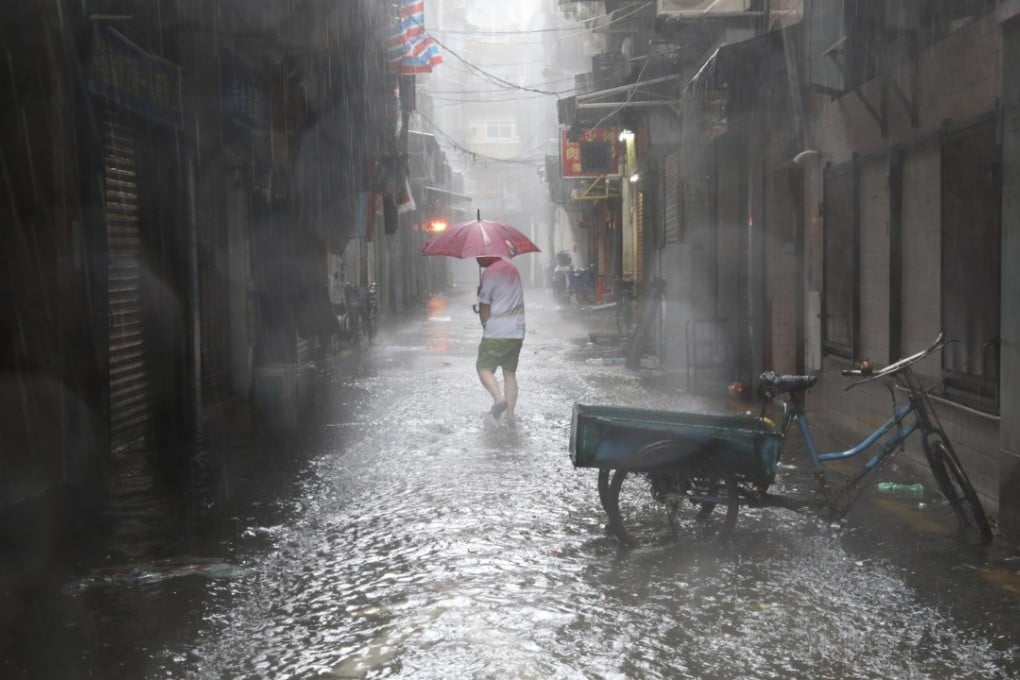What Typhoon Mangkhut taught us: the value of being prepared and regional cooperation
Sonny Lo says the effective steps taken by the authorities in Hong Kong, Macau and on the mainland to prepare for the superstorm, including inter-governmental efforts, helped avert a repeat of last summer’s Typhoon Hato tragedy

Their efforts at sharing their intelligence on the movement of the storm were a testimony to how intergovernmental collaboration could contribute to collective defence against natural disasters.
Watch: Macau suffers serious flooding and power cuts
Both Hong Kong and Macau raised the No 10 typhoon signal within the same time-frame, indicating that the observatories of both cities were on the same page about the strength and danger of Mangkhut, unlike last summer when Macau seemed caught unawares compared with Hong Kong.
In fact, it was evident that the Macau government had learned from the Hato tragedy in the measures it implemented. First, the government coordinated with casinos to shut down on the night of September 15 and also opened over 1,800 free parking spaces while hotel resorts opened over 2,000 more.
People whose vehicles were located in underground parking lots moved them to elevated car parks. Four people who died in Macau when Typhoon Hato struck were found in underground car parks.